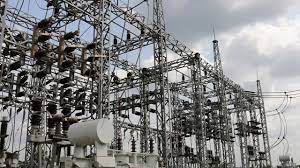Maureen Aguta
Nigeria has been thrust into darkness yet again as the national electricity grid, centrally managed from Osogbo, Osun State, suffered a collapse at approximately 4:30 pm on Thursday, leaving millions of homes and businesses without power.
This development marks the fourth time the grid is collapsing since in the first three months of the year, adding to challenges that have long plagued Nigeria’s power sector.
According to reports from various distribution companies spanning the 36 states, their feeders were rendered inactive, resulting in widespread blackouts across the country.
The grid’s output, which stood at 2984 megawatts as of 4 pm, plummeted to zero within the span of an hour, with all 21 plants connected to the grid ceasing operations by 5 pm.
This incident marks another setback for Nigeria’s electricity sector, which has been marred by persistent issues despite privatisation efforts aimed at revitalization.
Over the past decade since privatisation, the grid has experienced a staggering 141 collapses, underscoring the magnitude of the systemic challenges facing the industry.
As of the time of reporting at 6:00 pm, the Azura Power Plant was the sole facility contributing to the grid, albeit with a modest output of 54 megawatts.
Major power generation plants such as Egbin, Afam, Geregu, Ibom Power, Jebba, Kainji, Odukpani, and Olorunsogo, among others, remained dormant, further exacerbating the electricity deficit nationwide.


